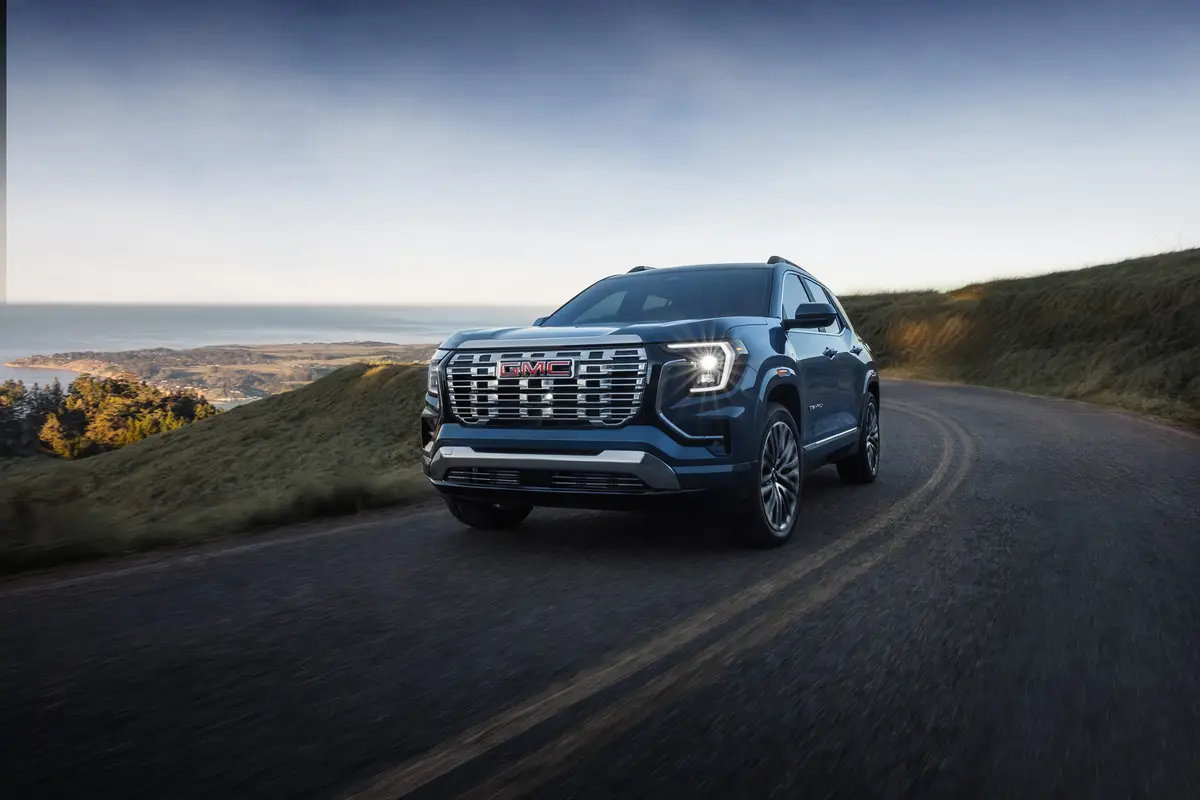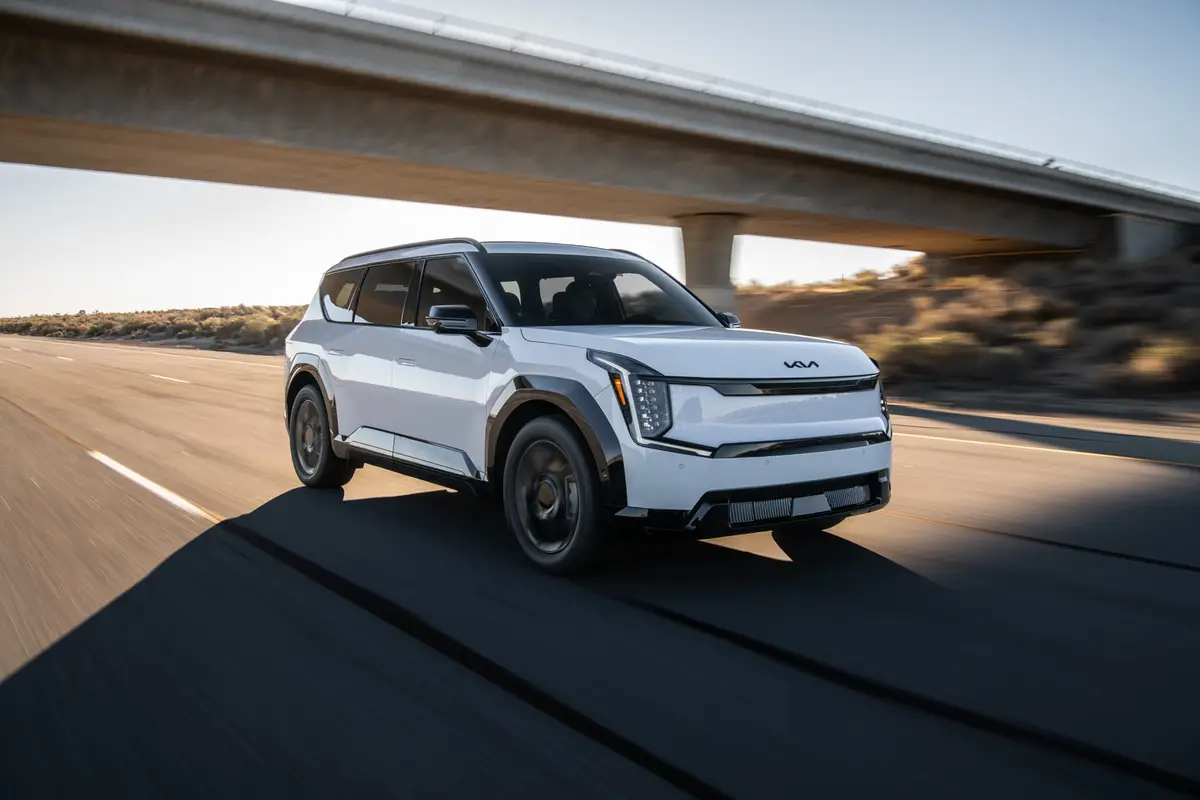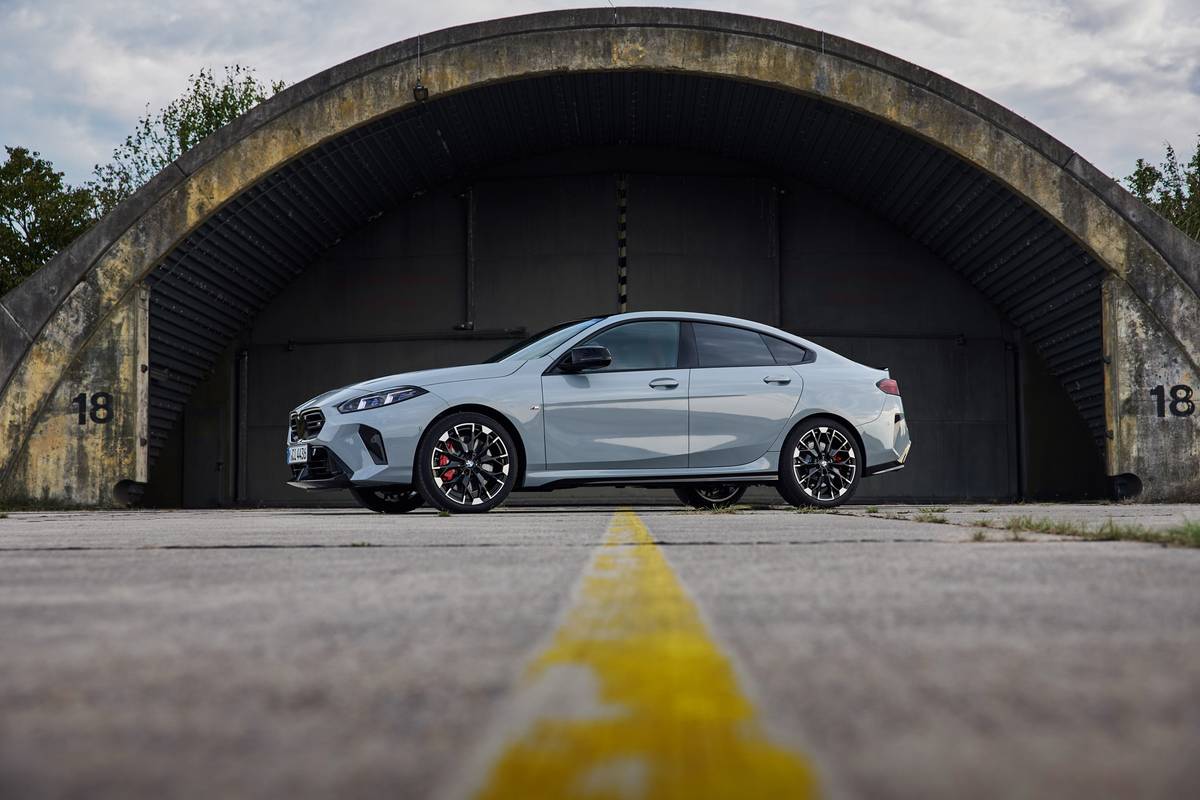The Morning Call and Mcall.com's view
One of the most successful departures in automotive design and function has to be Chrysler Corp.’s popular front-wheel drive minivan.
Introduced in January of 1984, the Plymouth Voyager (and its Dodge counterpart, the Caravan) was brought out as a more fuel efficient alternative to the conventional van. As many of the best made plans of mice and men go astray, the Voyager never really fulfilled its main objective. Instead of replacing the van, it created its own entirely new market. A situation that certainly did not hurt Chrysler one bit.
The Voyager was bought by many people who weren’t even considering vans. Most were families who previously bought a big sedan or big station wagon. The room, the efficiency, styling and convenience of the Voyager seemed to have hit the market just at the right time. And today its original features are still appreciated – its low flat floor and ease of entry, room for five to eight passengers, car-like handling, commanding view of the road, garageability, ease of parking and the easy to operate rear liftgate and sliding side door.
In March, mid-model year offerings include a more powerful engine and a longer version. The test vehicle – supplied by Scott Chrysler-Plymouth, 2120 33rd St., Allentown – was a standard-length Voyager SE with the new V-6. For all those who liked the Voyager before and always wished for some more power, the optional V-6 should prove to be popular.
To begin with basics, the Voyager has a wheelbase of 112 inches, overall length of 175.9 inches, width of 69.7 inches, height of 64 inches and curb weight of 3,003 pounds. The test vehicle had the seven passenger seating package and all seven passengers can be accommodated in comfort.
(The Grand Voyager stretches beyond the standard model by 14.6 inches. It has a wheelbase of 119 inches and overall length of 190.5 inches. It provides more leg and knee room for passengers in the two rear seats. Also luggage space behind the second rear seat has an additional 7.6 inches, increasing interior cargo capacity from 125 cubic feet to 150 cubic feet.) One of the features that made the Voyager so popular, especially among women, is the flat floor at the door opening. This makes entry quite similar to a sedan or station wagon. In other words, you don’t have to crawl over half a wheelwell, as is the case in most vans. The short hood houses the entire powertrain and the interior is left with a flat floor and no mechanical intrusions. Since it is front-wheel drive, there is also no need for a drive shaft tunnel.
Although steering response and handling is quite similar to a passenger car, sitting in the driver’s seat of the Voyager still gives a feeling of driving a small bus. The 112-inch wheelbase is equal to that of a midsize car but relatively long for a minivan. It really doesn’t require any more driving effort or attention and it does provide a smooth ride.
The Voyager’s suspension features independent Iso-Struts (Chrysler’s version of MacPherson struts) up front and longitudinal leaf springs with bias-mounted shock absorbers in the rear. The test vehicle had the optional heavy-duty suspension package, which did not seem to affect the ride but did make for some tighter handling and less lean in the turns.
The big difference in driving the test vehicle compared to earlier models was, of course, its new V-6 engine. The engine is only available in a three- speed automatic transmission, which may or may not thrill all drivers. The automatic, however, did not seem to hinder power. Just lay down on that accelerator and the Voyager moves right out.
This engine was developed by Chrysler and Mitsubishi Motors Corp. of Japan’s engineers and is a brand new power plant. For now it is available only in the minivans and, no doubt, will be available in other Chrysler Corp. cars in the future. The new V-6 measu es 3-liter/187 cubic inches, which is a good- sized engine for this day and age, and is rated at 144 horsepower at 4,800 rpm and 175 foot pounds torque at 2,800 rpm.
The engine has a cast iron block, aluminum cylinder heads, a ”semi-hemi” combustion chamber, overhead cam (one camshaft per cylinder) and features multipoint fuel injection and tuned intake ports. This engine runs very quietly and it is apparent that a lot of attention was paid to cylinder block and camshaft deflection-generated noises. (The V-6 replaces as an optional engine the 2.6-liter/156-cubic-inch Mitsubishi four-cylinder, itself a very smooth and quiet running engine.)
In addition to providing more snap off the line, the V-6 will be able to tow up to 2,750 pounds, some 1,750 pounds more than with the standard engine. The test vehicle averaged 18 miles per gallon for city driving and 25 mpg over the highway. The Voyager will have a long driving range because of the 20- gallon fuel tank.
Standard engine for the Voyager is the 2.2-liter/135-cubic-inch four rated at 95 horsepower at 5,200 rpm and 121 foot pounds torque at 3,200 rpm. For the stretched Grand Voyager, the standard engine is the 2.5-liter/153-cubic-inch four rated at 102 horsepower at 4,800 rpm and 138 foot pounds torque at 2,800 rpm. Both are available with five-speed manual or automatic transmissions. Base price for the Voyager SE is $10,875. The base includes a nice level of trim and appointments and such standard features as power steering and brakes, stainless steel exhaust system, ETR AM radio, P195/75R14 SBR tires and intermittent windshield wipers. The test car had a bottom line of $16,111, including a destination charge of $465. The most expensive option was the Travel Equipment Discount Package, $1,727 after a discount of $200. This package included the V-6, automatic, 7-passenger seating and sunscreen glass. The Popular Equipment Discount Package, $1,278 minus a $125 discount, included a light package, gauges with gauge alert, AM/FM stereo, dual horns, auto speed control, power liftgate release, dual remote control mirrors, 500 amp battery, deluxe sound insulation, luxury steering wheel and remote control rear vent windows.
Other options included. two-tone paint, $236; rear window defroster, $165; air conditioning, $840; power door locks, $203; luggage rack, $140; heavy duty suspension, $68, and wire wheel covers, $239. The vehicle is covered by Chrysler’s seven year/70,000 mile protection plan.
Latest news



